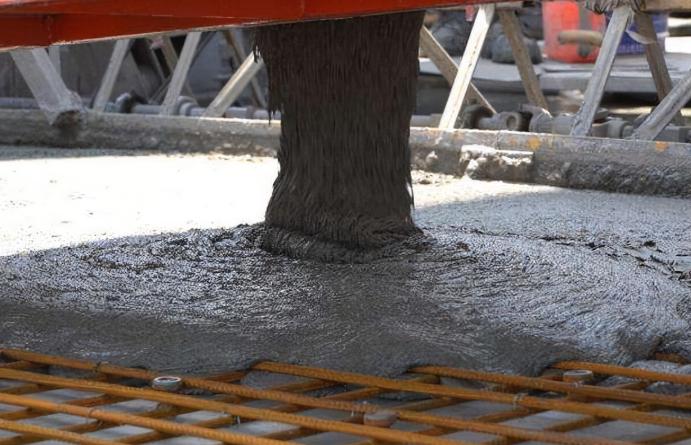The influence of fiberglass on the erosion resistance of recycled concrete (made from recycled concrete aggregates) is a topic of significant interest in materials science and civil engineering. While recycled concrete offers environmental and resource-recycling benefits, its mechanical properties and durability (e.g., erosion resistance) are often inferior to conventional concrete. Fiberglass, as a reinforcing material, can enhance the performance of recycled concrete through physical and chemical mechanisms. Here is a detailed analysis:
1. Properties and Functions of Fiberglass
Fiberglass, an inorganic non-metallic material, exhibits the following characteristics:
High tensile strength: Compensates for the low tensile capacity of concrete.
Corrosion resistance: Resists chemical attacks (e.g., chloride ions, sulfates).
Toughening and crack resistance**: Bridges microcracks to delay crack propagation and reduce permeability.
2. Durability Shortcomings of Recycled Concrete
Recycled aggregates with porous residual cement paste on their surfaces lead to:
Weak interfacial transition zone (ITZ): Poor bonding between recycled aggregates and new cement paste, creating permeable pathways.
Low impermeability: Erosive agents (e.g., Cl⁻, SO₄²⁻) penetrate easily, causing steel corrosion or expansive damage.
Poor freeze-thaw resistance: Ice expansion in pores induces cracking and spalling.
3. Mechanisms of Fiberglass in Improving Erosion Resistance
(1) Physical Barrier Effects
Crack inhibition: Uniformly dispersed fibers bridge microcracks, blocking their growth and reducing pathways for erosive agents.
Enhanced compactness: Fibers fill pores, lowering porosity and slowing the diffusion of harmful substances.
(2) Chemical Stability
Alkali-resistant fiberglass (e.g., AR-glass): Surface-treated fibers remain stable in high-alkali environments, avoiding degradation.
Interface reinforcement: Strong fiber-matrix bonding minimizes defects in the ITZ, reducing localized erosion risks.
(3) Resistance to Specific Erosion Types
Chloride ion resistance: Reduced crack formation slows Cl⁻penetration, delaying steel corrosion.
Sulfate attack resistance: Suppressed crack growth mitigates damage from sulfate crystallization and expansion.
Freeze-thaw durability: Fiber flexibility absorbs stress from ice formation, minimizing surface spalling.
4. Key Influencing Factors
Fiber dosage: Optimal range is 0.5%–2% (by volume); excess fibers cause clustering and reduced compactness.
Fiber length and dispersion: Longer fibers (12–24 mm) improve toughening but require uniform distribution.
Quality of recycled aggregates: High water absorption or residual mortar content weakens fiber-matrix bonding.
5. Research Findings and Practical Conclusions
Positive effects: Most studies show that appropriate fiberglass addition significantly improves impermeability, chloride resistance, and sulfate resistance. For example, 1% fiberglass can reduce chloride diffusion coefficients by 20%–30%.
Long-term performance: Durability of fibers in alkaline environments requires attention. Alkali-resistant coatings or hybrid fibers (e.g., with polypropylene) enhance longevity.
Limitations: Poor-quality recycled aggregates (e.g., high porosity, impurities) may diminish fiber benefits.
6. Application Recommendations
Suitable scenarios: Marine environments, saline soils, or structures requiring high-durability recycled concrete.
Mix optimization: Test fiber dosage, recycled aggregate replacement ratio, and synergies with additives (e.g., silica fume).
Quality control: Ensure uniform fiber dispersion to avoid clumping during mixing.
Summary
Fiberglass enhances the erosion resistance of recycled concrete through physical toughening and chemical stabilization. Its effectiveness depends on fiber type, dosage, and recycled aggregate quality. Future research should focus on long-term durability and cost-effective production methods to facilitate large-scale engineering applications.
Post time: Feb-28-2025






